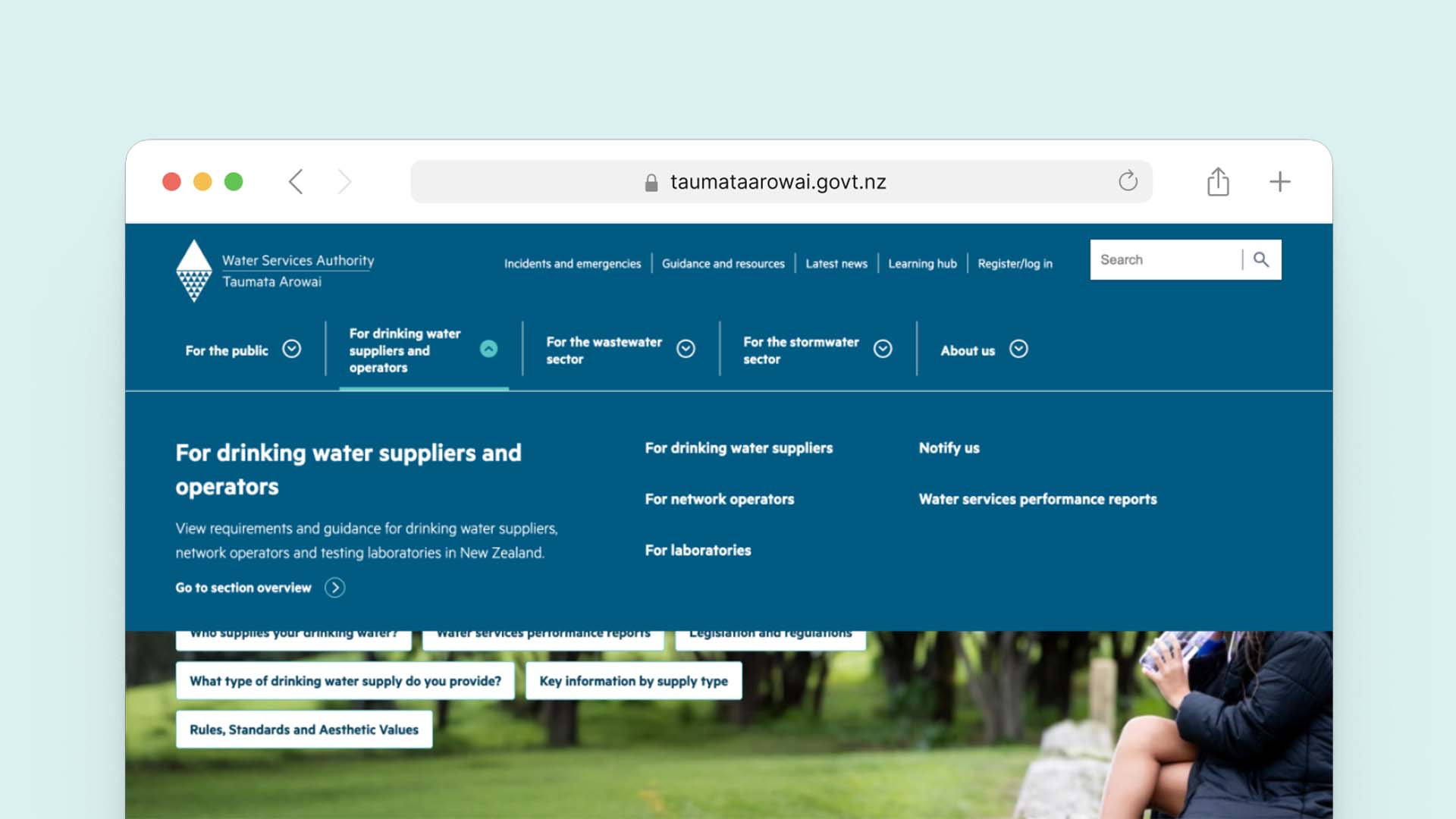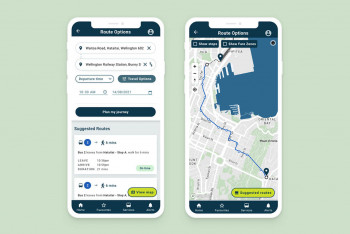What is an Information Architecture Review?
An information architecture(external link) review is a way to evaluate how your website’s content is organised, labelled, and presented to users.
In essence, it’s about making sure your site is easy to navigate, that users can find the information they need quickly, and that search engines understand your structure.
If your website feels cluttered, confusing, or hard to use, an information architecture review can transform it into a clear, user-friendly experience. Poorly structured websites frustrate visitors, lower engagement, and miss opportunities to connect with your audience.
Why Do Businesses Need an Information Architecture Review?
Every business or organisation depends on clear communication, and your website is often the first point of contact.
When the structure of your site doesn’t align with how people think, it creates friction. Visitors may give up before they find the information they need, costing you donations, sales, or trust.
An information architecture review can solve these issues by:
- Improving the user experience with clear navigation and logical pathways.
- Making content easier to find, reducing time spent searching.
- Supporting SEO by aligning site structure with the terms and queries people use in search engines.
- Reducing duplication and content sprawl that clutters your site.
Common problems include confusing menus, buried content, inconsistent taxonomy(external link), and navigation systems that don’t reflect real-world user behaviour. Addressing these problems is the first step to building a site that works for your audience.
What Happens in an Information Architecture Review?
At its core, an information architecture review involves assessing how your content is structured, how users interact with it, and how it could be improved.
Here’s how it typically works:
- Content audit: Reviewing all existing pages and categorising them to identify duplication, gaps, or out-of-date content.
- User research: Using methods like card sorting, tree testing, and analytics to understand how people actually look for information.
- Navigation and labelling analysis: Checking whether menus, categories, and labels make sense to users.
- Accessibility and mobile considerations: Ensuring all users, including those with accessibility needs, can navigate the site effectively on any device.
- Recommendations report: A clear, actionable plan outlining improvements to the structure, navigation, and taxonomy.
By the end, you’ll know exactly where your site’s weak points are and how to fix them.
Benefits of an Information Architecture Review for Your Organisation
The outcomes of an information architecture review go well beyond tidying up your website.
Key benefits include:
- Improved engagement: Users spend more time on a site when they can find what they need.
- Lower bounce rates: Visitors are less likely to leave immediately when navigation is intuitive.
- Better conversion pathways: Whether you want users to donate, make a purchase, or sign up, clear pathways guide them to action.
- Alignment with business goals: Content is prioritised to reflect what matters most to your organisation.
- Future-proofing: A clear structure makes it easier to scale your site as content and services grow.
- Trust and credibility: A well-structured site signals professionalism and care for your users.
No matter the industry or sector, your website needs to get it's IA right. Finding an alignment between user needs and organisational goals can give you a clear idea about how to structure your IA.
When Should You Consider an Information Architecture Review?
Timing matters when it comes to reviewing your information architecture.
You should consider an information architecture review:
- Before a redesign: It means the new site is built on a solid structure, not just a fresh look.
- When user feedback highlights issues: If people say your content is hard to find, take it seriously.
- After a growth period: An increase in services, content, or teams often leads to clutter and duplication.
- When SEO performance drops: Poor structure can directly affect rankings and visibility.
If your website has grown organically over the years without much oversight, now is the perfect time to assess and restructure it.
Next Steps: Get the Most Out of Your Website
If you think your website could be easier to use, an information architecture review is the first step.
Here’s how to get started:
- Audit your current navigation and content.
- Gather feedback from your real users.
- Prioritise content based on your business and audience goals.
If you're looking for any advice and need some expertise we'd be happy to help. At Somar Digital we’ve worked with leading organisations such as Greater Wellington Regional Council, Cancer Society, and Water Services Authority - Taumata Arowai to restructure their digital platforms. This has helped them reduce content sprawl, improve search, and deliver websites that truly serve their communities.
Click the button below to see how we can make your content work harder for you.




